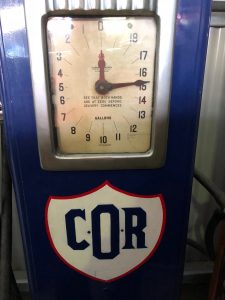Triple Expansion Marine Steam Engine
The Triple Expansion engine came from S.S. Sorrento, the last river steamer (as such) to work in Hobart. The ship was built by Purdon and Featherstone at Battery Point in 1909 as S.S. Rowitta for the River Tamar trade, the engine being built by Ross and Duncan, Scotland. Following that, it moved around several States and was rebuilt during World War II, when it received the name Sorrento.
A group of museum members removed the engine when it was being rebuilt as the fishing vessel, M.V. Tarkarri. It was purchased in 1967 by the well-known Bernie Cuthbertson, who donated the engine to the museum. The team was led by the late Hal Wyatt, and it was quite a job. As part of the removal of the engine from the ship, members were all tasked with the dismantling of the superstructure. The engine was completely greased up to preserve it for possible reuse at a later date. Both the boiler, a scotch marine twin furnace, and engine were lifted out of the hull by the Marine Board’s steam crane.
There was only an handful of river vessels that were fitted with triple expansion engines, Sorrento and the well known Cartela being two of them.
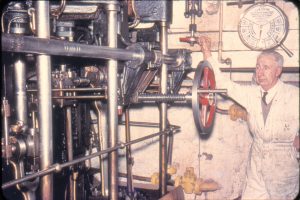
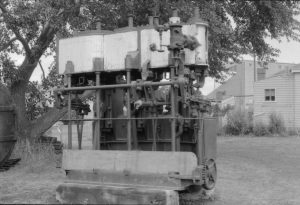
Semi-Portable Marshall Mill Engine
The museum acquired the Marshall Mill Engine from Kemp & Denning’s City Sawmill when it was being demolished following closure during the 1970s. The mill was situated where the hardware store K&D Warehouse is located in Murray St. The mill’s boiler was flued via a tall brick chimney that had UP TO DATE written on its length. There was a starting/knock-off whistle that sounded like a C locomotive whistle, and it probably was off one of them. In the mid-1960s, employees complained about not hearing the whistle, so the owners obtained the whistle off Q 13, which was stored on the old Gas Works line behind the Hobart Roundhouse. Everybody in Hobart was able to hear it after that! That whistle was later acquired by members and was used on the Derwent Valley Railway’s H2 steam locomotive, having replaced the faulty original. The Marshall’s boiler was not used in the mill. Steam was supplied to its engine from another boiler. The Marshall’s engine drove the planing mill. The boiler had supposedly been condemned.
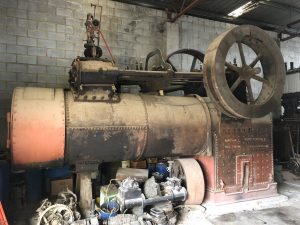
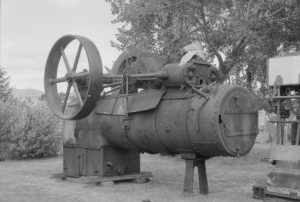
Rolls Royce Derwent Mk8 Jet Engine
This centrifugal jet engine, developing 3700 lbs thrust, was originally designed during WW2, and powered the first British jet fighter, the Gloster Meteor, to fly in combat. The Meteor was the first jet powered aircraft to fly in Australia. They were used by the Royal Australian Air Force from 1946 to 1963.
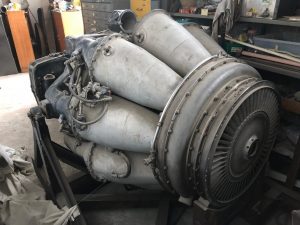
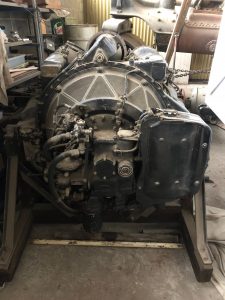
Tar Pot
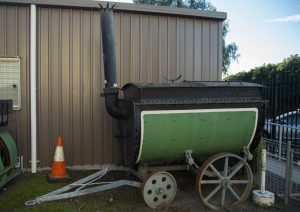
New Town Station
The New Town Station was moved to the museum and restored by museum members.
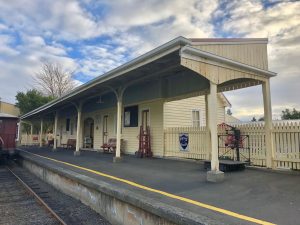
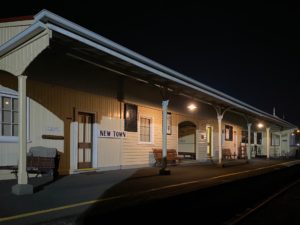
Botanical Gardens Signal Box
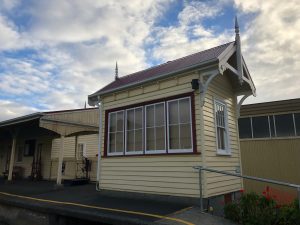
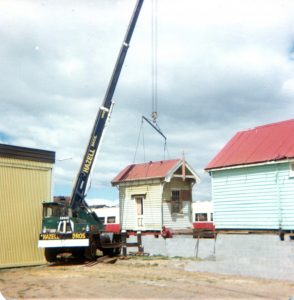
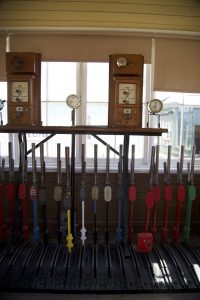
The former Botanical Gardens Signal Box was moved to the museum and restored for display purposes. It is not used in any train running capacity.
